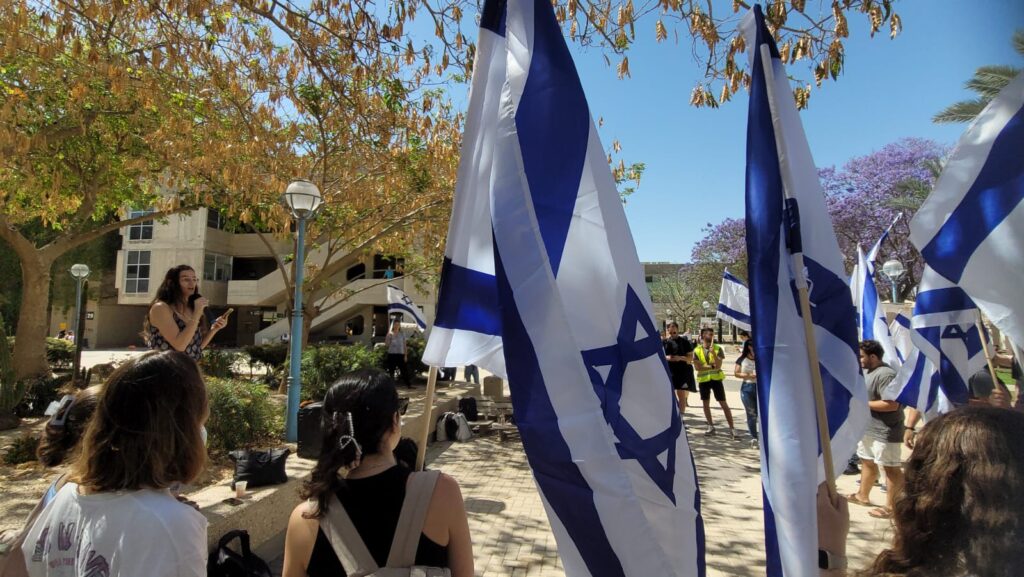This week marks 11 years since the start of the Second Lebanon War. The war took a large toll on northern Israel and its population, and still lives strong in the memories of many Israelis.
The war was sparked when Hezbollah terrorists fired rockets at an Israeli town near the Lebanese Border. At the same time, Hezbollah attacked an IDF Humvee, killing three soldiers and abducting two. The IDF then launched an operation to recover the abducted soldiers which included airstrikes on key Hezbollah infrastructure and the invasion of southern Lebanon.
The war lasted almost two months, with Hezbollah around 4,000 rockets at Israeli towns and cities, at a rate of over 100 per day. Over a million Israelis had to stay near or in bomb shelters throughout the duration of the war, with some 250,000 civilians evacuating northern Israel and relocating to other areas of the country.
In the 11 years since the war, Hezbollah has been significantly increasing its weapons stockpile, with the terror group now possessing 17 times the number of missiles it had at the end of the war. The specific number of Hezbollah missiles stands at around 120,000, with many being placed in and around villages in southern Lebanon, within the vicinity of schools, mosques and hospitals.
Nasrallah, Hezbollah’s leader, has continued to threaten Israel regarding war, and there have been some worries that a ‘Third Lebanon War’ is on the horizon with the end of the Syrian Civil War seemingly in sight. Hezbollah has recently even erected billboards with the words “we are coming” facing the Israeli border.

Despite this, Israeli intelligence officials have recently noticed some positive developments in regard to the Hezbollah threat. Iran is trying to establish a weapons factory in Lebanon, which in reality points to a failure for the Iranian regime and their proxy Hezbollah. This is because it indicates that all other ways by which Iran could transfer advanced weapons to the Shiite terrorist group through Syria have been blocked.
Additionally, the IDF believes its deterrence efforts regarding Hezbollah are going well. Israel has incredibly strong intelligence on the terror group, with one IDF official stating “If Nasrallah knew what we knew about him, he would give up any future intentions to start a war.” Israel’s striking power, which dealt large blows to Hezbollah during the Second Lebanon War, combined with a now superior intelligence, would give Israel a significant advantage if war were to break out.
Another deterrence from war, this time not from Israel, is the Syrian Civil War. Though some may argue the ending of the Syrian Civil War would make war between Hezbollah and Israel more likely, Hezbollah has lost over 1,800 operatives since it entered the fighting in Syria, hardly acting as an incentive to start a fresh campaign against Israel.
Therefore, though threats from Hezbollah are very real, so real that they are considered to be Israel’s biggest strategic threat, the circumstances around the Syrian Civil War, and the strong deterrence strategy from the IDF, means war, for now, seems unlikely. The sudden flare-up however of the Second Lebanon War shows the fragility of the situation on Israel’s northern border.
Contributed by Daniel Kosky, CAMERA Intern

